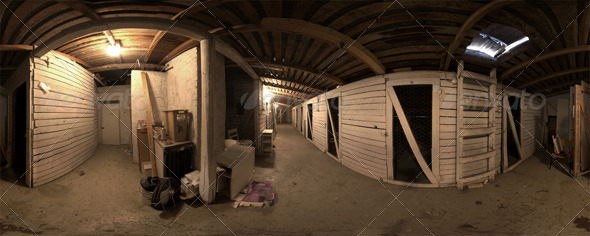

Recently, computer graphics are frequently used for both architectural design and visual environmental assessment. To demonstrate our model, we show a variety of night scenes rendered with a Monte Carlo ray tracer. We couple these components with an accurate simulation of the atmosphere. Zodiacal light due to scattering in the dust covering the solar system, galactic light, and airglow due to light emission of the atmosphere are simulated from measured data. For visible stars, we include the position, magnitude, and temperature of the star, while for the Milky Way and other nebulae we use a processed photograph.

The Moon is simulated as a geometric model illuminated by the Sun, using recently measured elevation and albedo maps, as well as a specialized BRDF. To accurately predict the appearance of night scenes we use physically-based astronomical data, both for position and radiometry. We model both the direct appearance of the night sky and the illumination coming from the Moon, the stars, the zodiacal light, and the atmosphere. This paper presents a physically-based model of the night sky for realistic image synthesis. Finally the authors conclude the rendering quality and the effectiveness of the methods discussed and suggests some recommendation to further explore and expose the method in the field of architectural visualizations. Based on the results, it has shown that HDRI rendering has major advantage over normal rendering such as it produce more realistic rendering with less rendering time and memory usage. An experiment has been carried out to compare the results of HDRI rendering and normal (traditional) rendering in terms of quality, rendering time and memory usage. This consists of indoor and outdoor images, and these images have been converted to HDRI using special software known as HDRIshop.

For the purpose of experiment, a database of HDR images have been collected and generated. First we present an overview of HDRI, the definition, application and advantage. This paper presents our attempt to explore and utilize High Dynamic Range Images (HDRI) as a method to generate photorealistic renderings, particularly in local 3D architectural visualizations.


 0 kommentar(er)
0 kommentar(er)
